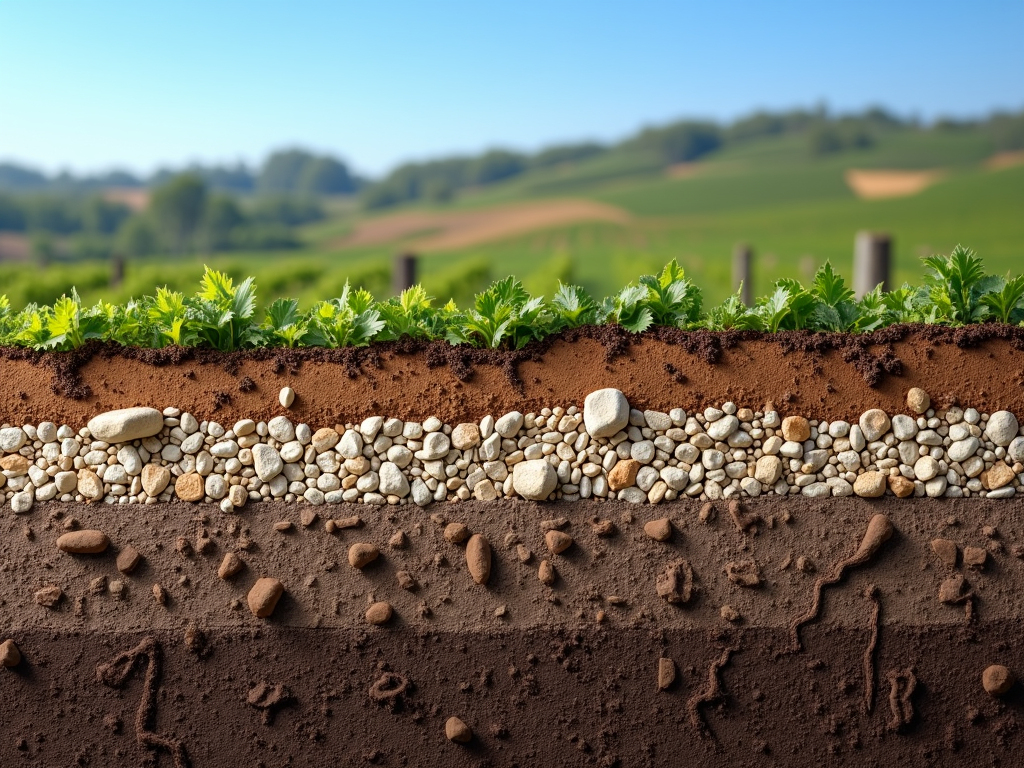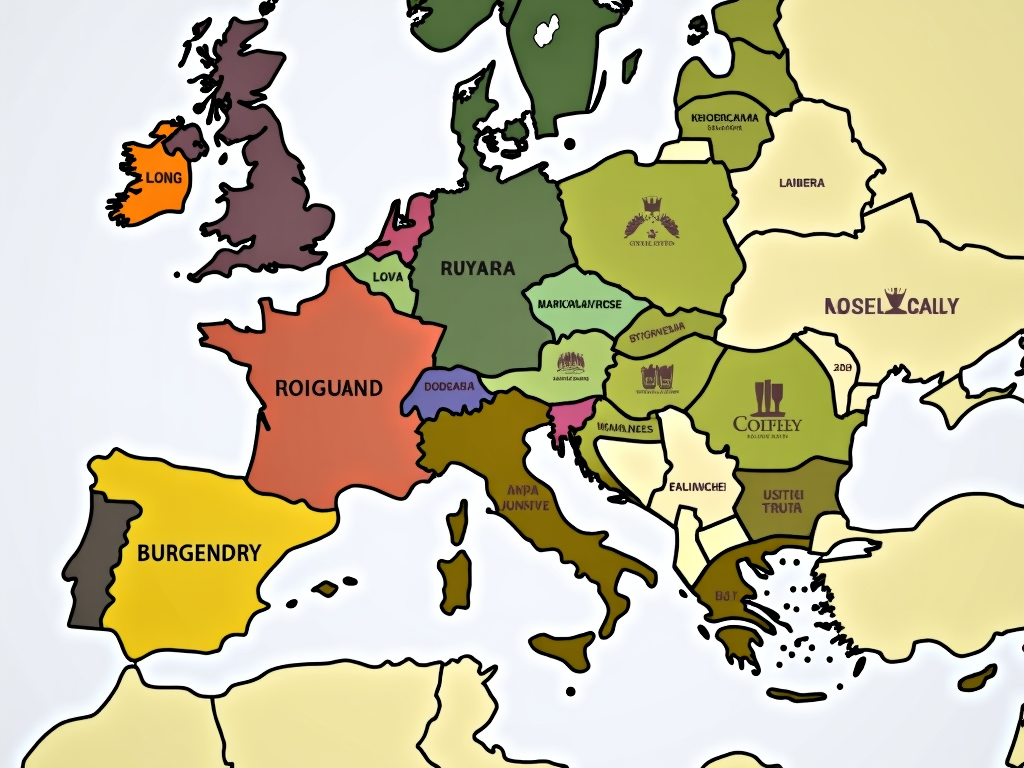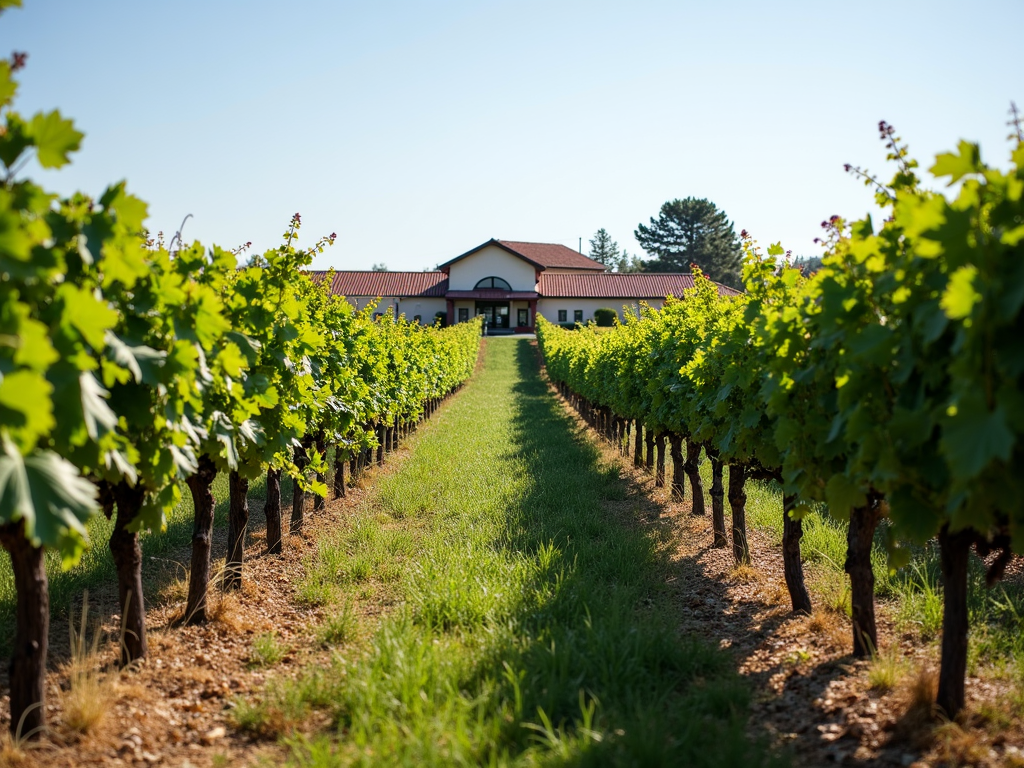Exploring the Terroir: How Soil and Climate Affect Wine Flavor
Wine enthusiasts often talk about "terroir," a French term that encapsulates the unique environmental factors—soil, climate, and topography—that give a wine its distinctive character. Understanding terroir is key to appreciating why wines from different regions taste so different. In this article, we’ll explore how soil and climate specifically influence wine flavor, with a focus on the practices of Jackson Family Wines, a brand known for its commitment to showcasing terroir through organic vineyards.

Soil Types and Their Impact
Soil is more than just dirt; it’s a complex mixture of minerals, organic matter, and microorganisms that nourish grapevines. Different soil types can impart distinct flavors to wine.
-
Clay Soils: These soils retain water well, which can lead to fuller-bodied wines with higher tannin levels. For example, wines from the Pomerol region in Bordeaux, known for its clay soils, often have rich, velvety textures.
-
Limestone Soils: Limestone provides excellent drainage and reflects sunlight, helping grapes ripen evenly. Wines from regions like Burgundy, with its limestone-rich soils, are often crisp and mineral-driven.
-
Gravel Soils: Gravel allows for good drainage and heat retention, which can produce wines with concentrated flavors. The Médoc region in Bordeaux, famous for its gravelly soils, produces robust red wines.

Climate Influence
Climate plays a crucial role in grape growing. Temperature, rainfall, and sunlight all affect how grapes develop and, consequently, how the wine tastes.
-
Cool Climates: Regions with cooler temperatures, like Germany’s Mosel Valley, produce wines with higher acidity and lower alcohol content. These wines often have delicate, floral aromas.
-
Warm Climates: Warmer regions, such as California’s Napa Valley, yield grapes with higher sugar levels, leading to fuller-bodied wines with riper fruit flavors.
-
Rainfall: Adequate rainfall is essential, but too much can dilute flavors. Regions with moderate rainfall, like Oregon’s Willamette Valley, are known for their balanced, elegant wines.
-
Sunlight: Sunlight is crucial for photosynthesis and grape ripening. Regions with ample sunlight, like Australia’s Barossa Valley, produce wines with bold, intense flavors.

Case Studies
Let’s look at some specific wine regions to see how terroir influences their wines.
-
Burgundy, France: Known for its limestone soils and cool climate, Burgundy produces some of the world’s most sought-after Pinot Noir and Chardonnay wines. The wines are elegant, with subtle earthiness and minerality.
-
Napa Valley, California: With its warm climate and diverse soils, Napa Valley is famous for its bold Cabernet Sauvignon wines. The region’s volcanic soils contribute to the wines’ structure and depth.
-
Mosel Valley, Germany: The steep slate slopes and cool climate of the Mosel Valley produce Riesling wines with high acidity and vibrant fruit flavors. The slate soils impart a unique minerality to the wines.

I remember visiting a winery in Burgundy and tasting a Pinot Noir that had a subtle earthiness, almost like wet leaves after a rain. The winemaker explained that this was due to the region’s limestone soils and cool climate. Later, at a tasting in Napa Valley, I tried a Cabernet Sauvignon that was bold and fruity, with a hint of spice, reflecting the warm climate and volcanic soils. These experiences highlighted how terroir can dramatically influence wine flavor.
Working with Terroir
Winemakers play a crucial role in expressing terroir through their wines. By carefully selecting grape varieties that thrive in specific soil and climate conditions, and by employing techniques that highlight the natural characteristics of the grapes, winemakers can create wines that truly reflect their origin. For instance, in regions with cooler climates, winemakers might choose to ferment wines at lower temperatures to preserve delicate aromas, while in warmer regions, they might focus on techniques that enhance the wine’s structure and depth.
Jackson Family Wines and Organic Vineyards
Jackson Family Wines is a prime example of a brand that embraces terroir. With vineyards across California, Oregon, and beyond, they focus on sustainable and organic practices to let the natural characteristics of each site shine through in their wines.
-
Organic Vineyards: By avoiding synthetic chemicals, Jackson Family Wines ensures that their wines reflect the true essence of the terroir. This approach not only benefits the environment but also enhances the authenticity of the wine’s flavor.
-
Diverse Portfolio: From the cool-climate Pinot Noirs of Oregon to the robust Cabernet Sauvignons of Napa Valley, Jackson Family Wines showcases how different terroirs produce distinct wine styles.

In conclusion, terroir is a fundamental concept in understanding wine flavor. Soil and climate are two critical components that shape the character of wine, making each bottle a unique expression of its origin. Jackson Family Wines exemplifies how a commitment to organic practices and respect for terroir can produce exceptional wines.